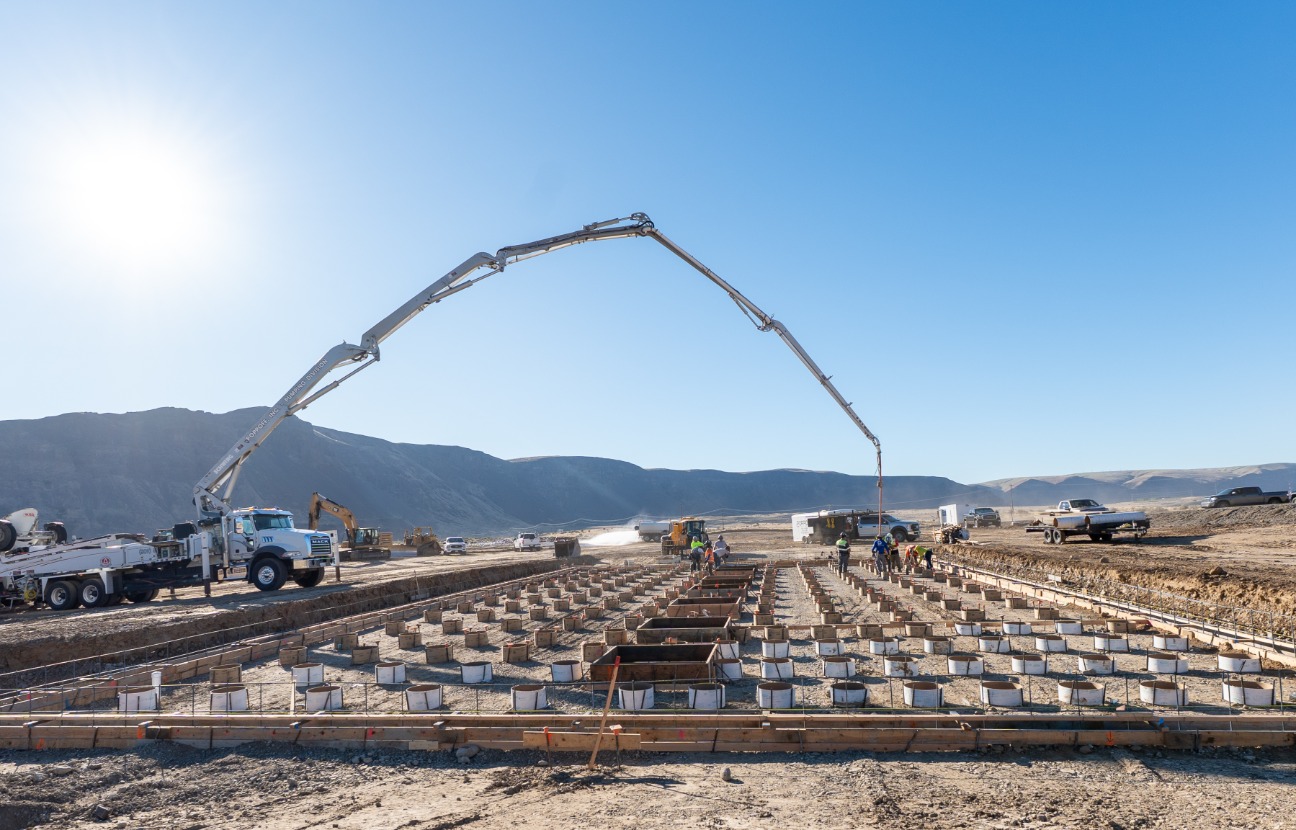Fusion at the Brink: Helion’s Ambitious Bet to Power Microsoft

Helion has begun construction on the first buildings at the site of the world’s first commercial fusion power plant in Malaga, Washington.
In a world hungry for clean, limitless power, one company is wagering that fusion energy—often deemed perpetually “a few years away”—might finally illuminate the path forward.
Fusion Energy Explained
Fusion energy refers to the power released when two light atomic nuclei merge to form a heavier nucleus—mirroring the process that fuels our Sun and other stars. The mass difference between the reactants and the product is converted into energy, following Einstein's iconic equation, E=mc², and this energy can, in theory, be harnessed for electricity.
To achieve fusion on Earth, scientists typically use isotopes of hydrogen—deuterium and tritium. These nuclei must be heated to extremely high temperatures (well beyond 100 million °C), forming a plasma, an ionized gas. In this state, the nuclei move fast enough to overcome their natural repulsion and fuse together.
Helion’s Unique Approach
Helion Energy, headquartered in Everett, Washington, isn't building a conventional nuclear fusion reactor. Their technology, a field-reversed configuration (FRC), accelerates two streams of plasma at over a million miles per hour into an hourglass-shaped chamber, fusing atoms at temperatures exceeding 100 million °C. This fusion releases energy that is converted directly into electricity—no steam turbines required.
Their flagship prototype, Polaris—the seventh generation—resides in Everett and is slated to “demonstrate the first electricity produced from fusion … later this year”, according to a July 2025 report from S&P Gobal Commodity Insights. Now, the company has broken ground on Orion, a commercial-scale fusion plant in Malaga, Washington, aiming to deliver 50 megawatts of power to Microsoft’s data centers by 2028.
A Bold Commercial Bet, With Real Consequences
In 2023, Helion inked a power purchase agreement (PPA) with Microsoft and partnered with Constellation to handle transmission—all with financial penalties baked in if they fail to deliver on time or on power output. This arrangement isn’t just visionary—it’s accountability writ into a commercial contract.
Microsoft’s Chief Sustainability Officer, Melanie Nakagawa, notes that despite fusion’s long-standing elusiveness, recent milestones across the industry provide new fuel for optimism. She says companies increasingly “see this decade—or near this decade—as the moment fusion could emerge”.
Fuel, Tech, and Infrastructure
Helion runs on a unique deuterium + helium-3 fuel cycle—a combination designed to keep neutron radiation low. Helium-3 is rare, but Helion claims it can generate more via side reactions from deuterium fusion—and even reuse tritium decay to recapture helium-3, as covered in peer-reviewed research.
Their design uses capacitors and thyristors—massive electronics that store and switch power—for pulse generation. Securing reliable components has been a challenge; hence, 2025's $425 million funding round (led by SoftBank Vision Fund 2 and others) is being used to bring key manufacturing like capacitor production in-house—boosting efficiency and U.S. industrial jobs.
Fusion on the Grid—Real or Wishful?
If Helion succeeds, Orion will supply electrons—fusion-generated—directly to Microsoft’s data centers, via existing grid infrastructure upstream of Rock Island Dam on the Columbia River.
Interesting in that regard is that in several interviews, David Kirtley, Helion’s CEO, has framed this not as a lab experiment but as a commercial venture.
Summary – And Why This Matters
- Clean Power with a Deadline
This isn't science fiction—it’s a high-stakes commercial venture. Helion’s deal with Microsoft includes financial penalties if it fails to deliver, signing up for its own success story. - Bold Technology, Rapid Iteration
Helion’s path to this moment has been built on fast, prototype-driven progress. Its Polaris device, housed in Everett, is expected to generate its first electricity as early as 2024. The project advanced to temperatures of 100 million degrees Celsius—a key fusion benchmark. - Fusion, Redefined
Rather than a tokamak, Helion uses a field-reversed configuration—a narrow, hourglass-shaped reactor pulsing plasma at over a million miles per hour. It fuses deuterium and helium-3, an isotope prized in quantum applications. - From Prototypes to the Grid
The on-site construction at Malaga, WA connects directly to the grid feeding Microsoft’s data centers. If successful, it would mark the first-ever commercial fusion-generated electrons flowing into real-world infrastructure
Not the Final Chapter (Yet)
Even with all this momentum, fusion’s feasibility is not guaranteed. Experts remain skeptical, warning that generating sustained net energy and reducing cost-per-kilowatt-hour remain formidable tasks. The University of Chicago's Robert Rosner called Helion’s timeline “the most audacious thing I’ve ever heard”—not dismissing it, but flagging how extraordinary the challenge is.
Technical cries like maintaining plasma stability, supply of helium-3, component longevity, and regulatory approval remain open-frontier problems.
Moreover, even if Helion succeeds, scaling from 50 MW to gigawatt facilities—like what Commonwealth Fusion Systems is targeting with its ARC tokamak—is another leap entirely.